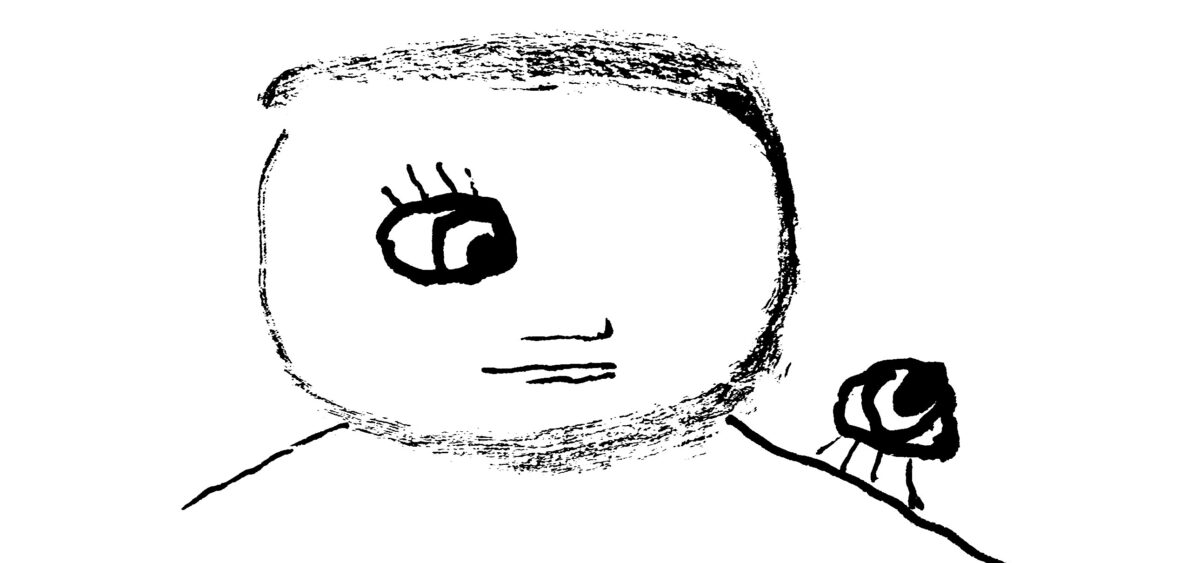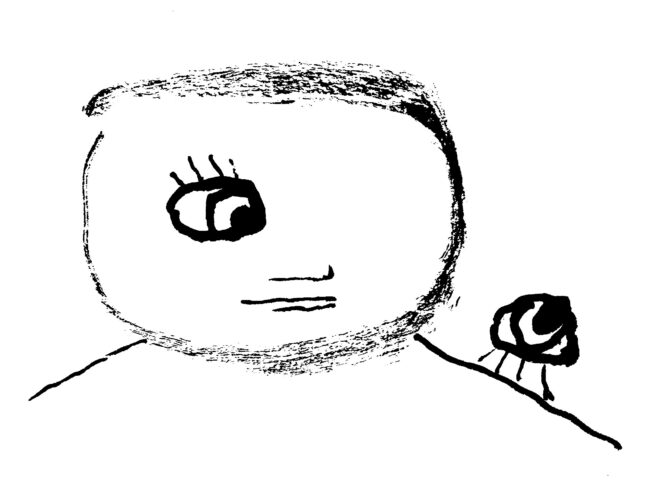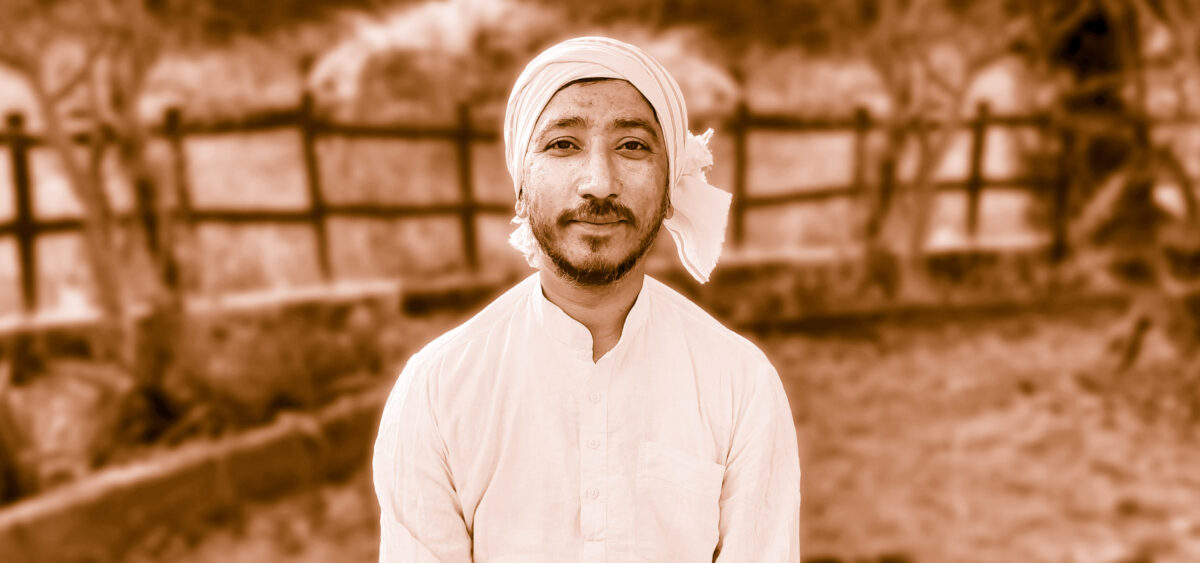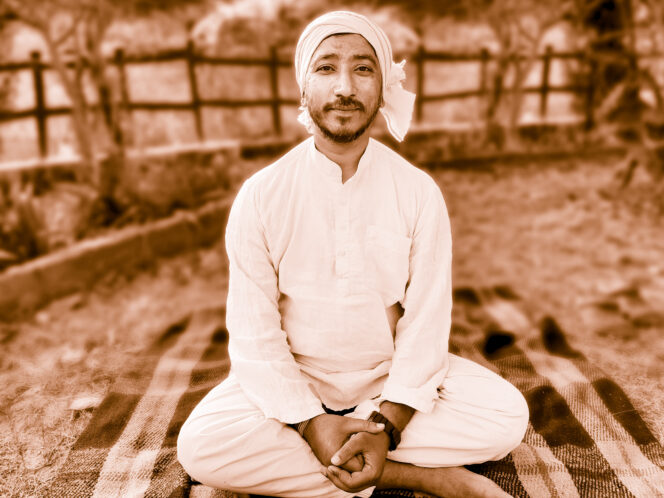
One can starve oneself in order to suffer—or to stop suffering; mortify oneself to avoid spirits—or to contact them. It seems abstinence is the answer to all desires.
The word ascesis comes from the Greek askesis, meaning “exercise” or “training.” In Homer’s work it refers to an art or craft; in Plato’s, to gymnastic exercises. The ancient Greek athlete engaged in askesis to achieve physical fitness. Various philosophical and religious trends led to shifts in the meaning of this term, so that it began to refer to spiritual training: the improvement of the intellect or soul through the practice of virtue.
Comparative research shows that specific ascetic practices occur in most of the major religious traditions. While ascetics may set different goals for themselves, they often use the same means: it seems that the spectrum of possible practices aimed at achieving holiness has its limits. The most common are fasting, sexual self-restraint, poverty, and exposing oneself to various trials, both physical (from maintaining a specific yoga pose to flagellation) and mental (from meditation to reciting God’s name, and—in the case of some Buddhist monks—contemplating the “disgustingness of food,” or observing corpses in a cemetery). However, the motivations of ascetics themselves are complex and infinitely varied.
Initiations and Shamanism
Since contemporary indigenous religions cannot be equated with prehistoric ones, it is only possible to vaguely speculate about the origins of asceticism. From an anthropological perspective, it is believed that the practice of asceticism arises from compliance with prohibitions of taboo activities and the desire for purification. But this is a major simplification. Sometimes asceticism deliberately leads to transgressions and the breaking of taboos. For example, Indian hermits are said to live “like dogs” or “like cows”: feeding on waste, staying in unclean places, and shocking observers. Asceticism plays a complex game with cultural norms. Practitioners might be bald—or, on the contrary, they might grow their hair long. They might dress smartly or like beggars, or abandon clothing altogether.
In indigenous religions, there is much evidence of practices such as periodic fasting, seclusion, or sexual abstinence, the purpose of which is to achieve certain religious benefits. The motivation is often to avoid the influence of harmful demons. For example, if it is believed that the demon of disease can enter the body through the mouth along with food, refraining from eating becomes a type of magical-medical prophylaxis, counteracting a possible attack by malicious beings. When preparing for marriage or initiation rituals, ritual purity is maintained in various ways—similarly to Catholics receiving communion only after confession, when they are cleansed of their sins.
In the context of asceticism, particular attention








